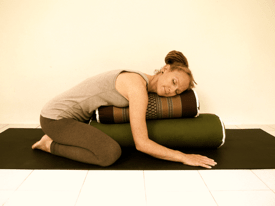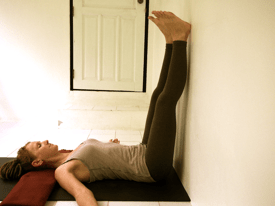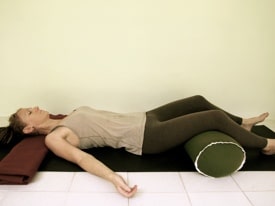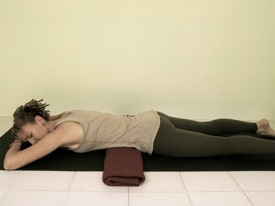Resources for Challenging Times
Practical tools to help you to relax deeply, re-anchor back into the body and calm the mind. Especially in times of great difficulty, transition, stress or anxiety. These practices will help soothe the nervous system and bring a sense of clarity and peace. This page will be continually updated over the coming weeks.
Rav Drum – Water & Air
Relax to the soothing sounds of the Rav Drum and Rain Stick. Lay down, make yourself comfortable and enjoy the harmonic sounds against a backdrop of rain. A Heart Meditation while sensing the fluidity of Water, for the sacral region, to calm the nervous system and create a sense of lightness and uplift in the heart.
by Roni Miteff
(AUDIO – 15 Mins)
Rav Drum - Water & Air
Guided Hapi Relaxation
Take some much needed rest as you lay down to the sounds of Tibetan Singing Bowls and gentle harmonics of the Hapi. Interwoven with spoken word as a guided relaxation. Grounding and peaceful, allowing you to let go of tension.
by Roni Miteff
(AUDIO) COMING SOON
Guided Hapi Relaxation
Extended Exhale for Anxiety
In this guided pranayama (breath work) we focus on the gradual lengthening of the exhale. Working at your own pace towards a ratio of 1:2 (inhale to exhale) if comfortable. A few body positions are offered to enhance the efficacy of calming the mind state.
by Roni Miteff
(AUDIO) COMING SOON
Breath for Anxiety
Simplify and Self-Care Tips
During a pandemic stress, anxiety, depression, insomnia and other mental health issues are at an all-time high. Please know that you are not alone. Making a commitment to self-care can make all the difference, as well as making sure you reach out to which ever professional you made need. Simple daily tasks done with Mindfulness helps to shift our focus to the present moment. One solution is not going to work for everyone.
It is important to feel safe and secure first, both external and internal. Get the basics in place, necessities like food, locate your support system, whether that be family you live with or virtual contacts. Deal with the immediate things and then start to slowly expand to other duties and enjoy the pleasure of small things. What we do as soon as soon as we wake up, and just before we sleep are the most important. This sets us up for the day ahead and prepares us for restful sleep.
Here is a short list (which can be endless), but these are mostly what I do myself:
SIMPLIFY AND SELF-CARE
- Establish routine, get dressed, showered and connect to yourself
- Ground yourself through Yoga, Qigong, meditation or breath work
- Always listen to your body, if you are tired rest
- Tune into nature (get outside when you can, or windows open)
- Connect with family and friends online or phone
- Reach out to a professional if needed, Doctor, Psychotherapist, Yoga Therapist, Well being Coach
- Enjoy home cooking, healthy meals and drink plenty of water
- Take time to really STOP, a Sacred Pause
- Take care of something if you are alone, a plant or a pet
- Delete or unsubscribe from unnecessary emails or monthly payments
- Clear clutter from your house and donate (Spring clean)
- Connect with a Yoga or Dharma Centre online in your community
- Limit news and social media scrolling
- If you can exercise inside your home or go for walk then do
- Practice self-compassion and for others
- Focus on what you ‘can’ do, not what you can’t
- Do at least one thing that brings you joy everyday
- Watch an engaging or funny movie
- List 10 things you are grateful for everyday
- Join a Facebook group or create your own for inspiration or connection
- Practice daily Mindfulness through body sensation, breath, sounds or chores
- Listen to music, sound and dance
- Try something new
- Creative journaling or art
- Join an online course, be a part of something
- Reading a book or poetry
- Sociable games with whom you live with, not computer games
- Let go of what you cannot control
- Remember that all you need is already within you
- Trust in the power of adding up little right actions
- Embrace every moment as a chance to open to opportunity
GET BETTER SLEEP
- Go to bed at the same time each night and get up at the same time each morning.
- Try to sleep before 10pm
- Make sure your bedroom is quiet, dark, relaxing, and at a comfortable temperature
- Remove electronic devices, such as TVs, computers, and smart phones, from the bedroom, turn off at least 30mins before sleep
- Avoid large meals, stimulating foods, caffeine, and alcohol before bedtime
- Reduce your fluid intake before bedtime
- Establish a relaxing bedtime routine, restorative yoga, meditation, calming sounds
- Let go of the day with a ritual
by Roni Miteff – C-IAYT Yoga Therapist & Mindfulness Teacher
Pure Nature Yoga
COVID-19 Lung Health - TCM Food Therapy
One of the key concerns of any flu or influenza, including this most recent worldwide virus is lung health, and in China and across Asia TCM was applied in treating people. When things first started happening in China I was more interested in the pathways the virus was taking according to TCM and the lungs and dampness was quickly identified and treated by TCM doctors. Using herbs, teas, tonics, food therapy and acupuncture the medical literature and reports have been promising in doctors reducing symptoms.
Dampness is one of my favourite topics to talk about so I’d like to introduce it to you here. Think of it as excess fluids, water retention and/or phlegm or mucus in the body, predominantly in the lungs, intestines and spleen. It’s not a concept we are familiar with in Western medicine nor nutrition but it’s a powerful condition to manage because you literally can clear up toxins, mucus, humidity and mugginess in the body, which no one really wants. Think of it as excess mold in a corner of your kitchen cupboard, that moisture and dampness accumulation can happen in your lungs, intestines and spleen.
Here is a quick list of foods that are high in “dampness” or mucus production, so you may want to reduce or avoid those and some wonderful foods you can eat more of, if you have dampness and/or phlegm issues in your body.
How do you know if you are too “damp”? If your TCM doctor or acupuncturist diagnoses you, or if you know how to read your tongue and you see a thick layer of white on the surface of your tongue, or if you regularly feel heavy in the legs, lethargy in the legs, and of course if you have mucus or phlegm in your throat and lungs when you cough.
Dampness producing foods include:
- Milk, yoghurt, ice-cream & all dairy
- White sugar
- Bananas & mangoes
- Wheat & wheat flour products; bread, pastries, noodles, pasta
- Honey
Clearing phlegm & dampness reducing foods include:
- Asparagus
- Lotus root (wonderful for clearing & detoxing the lungs)
- Daikon radish (long white Asian radish)
- Job’s tears/ Chinese barley, also known as Coix Seeds (available in most Chinese, Korean or Japanese supermarkets)
- Ginger tea in the morning can help stimulate and loosen phlegm too
- Chinese herbal root “fu lin” boiled as a tea
It’s a big topic which I love to teach cooking & food therapy in and one I recommend you research more into, but for the purposes of this short post I just want to bring awareness to this concept and hope you can begin to apply this.
Kimberly Ashton- Wellness Coach & TCM Food Therapist.
Kimberly features on our 200h Yoga Teacher Trainings.
Instagram: yinlifestyle
FB: Kimberlyashton
Grounding Restorative Yoga Sequence
A short Restorative Yoga sequence which can be done any time during the day, and especially just before bed. If you’re feeling anxious, stressed and overwhelmed, this may calm and ground you. These postures can also be done as stand alone poses anytime.
Parasympathetic Nervous System (PNS)
The nervous system consists of the parasympathetic nervous system and the sympathetic nervous system. The passive pace and deep breathing provokes the parasympathetic nervous system, which takes care of your breathing, metabolism, heart and controls other systems as well. The activation of the parasympathetic system results in lower blood pressure, heart rhythm and breathing pace following a stressful incident. The PNS is responsible for the ‘rest and digest’ response, and helps to calm the mind into a more spacious and peaceful state.
1) SUPPORTED CHILD’S POSE
Take 1 or 2 bolsters/cushions and position them underneath your chest. Leave a little room for your abdomen, and bring knees a little wide. If there is tightness in your buttocks and low back place a slim to medium cushion between your buttocks and heels. The bolster in front will then need to be the appropriate height to keep you level. Thin cushions can also be placed underneath the forearms for extra support. Ensure shoulders are relaxed, neck long, resting on forehead of turn head to side (turn head opposite side half way).
Let the whole body ground and relax and as you scan your awareness through, letting tension soften with each breath. Natural diaphragmatic breathing, or to calm any anxiety you can lengthen the exhale a little longer than inhale.
(5-10 Mins)
2) LEGS UP WALL
Sit with your right hip up against the wall, and turn on your buttocks to position legs up, as you lay down on your back. The buttocks should just be a little away from the wall, not jammed right up, and not too far away (depending on your hamstrings). It’s quite nice to position a blanket or something a little higher like a firm cushion underneath the back of the pelvis, so long as you are comfortable. Place a folded blanket or slim cushion underneath the back of your head down to the tops of your shoulders. Chin and forehead ideally level. The back of your shoulders ground, arms relaxed palms up or place them on your belly.
Again relaxing here, feet, leg muscles, belly soft, chest, jaw, face and forehead. Feel fully supported by the earth. Allow for a natural breath or lengthen the exhale longer than inhale if you’re feeling stressed or anxious.
(5-15 Mins)
3) SUPPORTED SAVASANA
This Savasana is more peaceful and relaxed for most people when the back of the knees are supported by cushions, a bolster, or blocks. This helps to release the low back and ground the back of the body more. Place a folded blanket or thin cushion underneath the back of the head making sure it comes down to the tops of the shoulders. You can also place another bolster across your abdomen or tops of the thighs to feel even more grounded. Draw the shoulder blades a little together underneath, neck is long.
Relax every single part of your body down to fingers and toes. Notice and feel the breath without trying to control it. You can move into extended exhales if you wish, or if you are using this as a stand alone pose.
(10-15 Mins)
OR PRONE SAVASANA
(Alternative to regular Savasana)
Alternatively to the regular Savsana, what I prefer to do myself sometimes is lying on the front. Sometimes lying face up for some people is not as relaxing as face down. Placing a thin folded blanket underneath the belly helps to encourage the belly to breath, as you feel the expansion of the belly on the inhale. You can also place a thin blanket underneath your hip points if they are digging into the mat. Elbows are wide with your forehead resting on the palms which stimulates the Vagus Nerve, or simply turn the head a little to the side. Relax any tension you may notice in your body, and focus on the natural movement of the breath.
(10-15 Mins)
ABOUT
Pure Nature Yoga offers Yoga, Sound and Mindfulness as highly effective therapeutic tools to educate, embody and empower individuals. Offering Holistic Yoga & Sound Teacher Trainings, Yoga Therapy, YACEP Workshops & Retreats
CONTACT
Email: info@purenatureyoga.com
Phone: +66 949033077
Whatsapp: +66 949033077
FOLLOW



